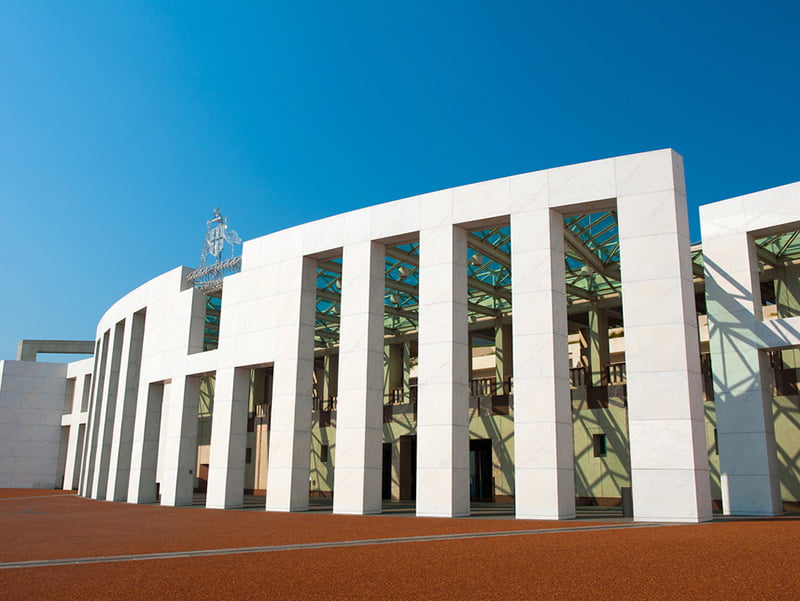The federal government’s Digital Marketplace will be rolled into the BuyICT website in May, marking the end of the standalone procurement platform for digital SMEs and startups after six years and more than $7 billion of contracts facilitated.
Established in 2016, the Digital Marketplace was designed to better connect smaller suppliers with government buyers and the billions they spend each year on technology to help grow the local sector.

It has failed to do this, according to the marketplace’s architect, who says its evolution has been disappointing and too “government centric”.
Performance analytics showing SMEs’ share of contracts dropping every year and the marketplace now being dominated by labour hire firms.
The Digital Transformation Agency (DTA) announced Tuesday that the Digital Marketplace panel would be moving to BuyICT.gov.au, the wider platform for all government ICT buyers and sellers which is also run by the agency.
The user experience will be “very similar” on the consolidated platform, the DTA said, with the workflow for initiating a request for quote or a request for information unchanged. The agency also pledged to continue enhancing the BuyICT platform.
Originally established under Malcolm Turnbull’s National Innovation and Science Agenda (NISA) to support SMEs and startups, the Digital Marketplace never achieved its main goal, according to Catherine Thompson, who led its development for several years at the DTA.
Ms Thompson, who left the agency in 2017, said the marketplace had been successful in making it easier for agencies to bring in tech contractors but had failed as a piece of social and economic policy.
“Government has taken a government centric view and completely neglected the other aspect of it – which is the aspect for which it was funded by NISA – which is an instrument of social and economic policy to grow the domestic ICT sector,” Ms Thompson said.
She said the original vision of a competitive, genuine marketplace had not been realised, with the current marketplace offering little more than a panel arrangement and even being described as such.
“If we’re looking at marketplaces, generally speaking, there’s a confusion in government between a panel and a marketplace. They’re used almost interchangeably, and once you think of them as being interchangeable then you really close your mind off to alternative contestability model, such as the one that an actual marketplace would provide.”
DTA’s own data suggest the marketplace has moved further away from its initial goal of supporting local small suppliers, despite facilitating $7.25 billion in contacts in six years.
By value, 82 per cent of the contracts awarded thought the Digital Marketplace went to SMEs in 2017. But this has fallen each year to 60 per cent in 2021 and is only 61 per cent overall.
Labour hire has also emerged as a potential area of concern. These companies now dominate the Digital Marketplace in terms of contracts, including British multinational Hays Recruitment being literally off the marketplace’s insights chart with more than 200 contracts awarded this financial year.
The entire top 10 list for contracts awarded through the Digital Marketplace panel is recruitment and labour hire firms, and they overwhelmingly make up the responses to government buyers’ opportunities posted to the marketplace.
Ms Thompson said it was disappointing that labour hire dominates the Digital Marketplace even after half a decade.
“Clearly there’s a place for labour hire, but the idea was that this was a transitional stage while the Australian Government grew its own digital capabilities,” she told InnovationAus.com.
“And to see that there’s a continued extremely high reliance [on labour hire] would imply that the digital skills set is not as embedded within government as one would have hoped after all this time.”
Do you know more? Contact James Riley via Email.

